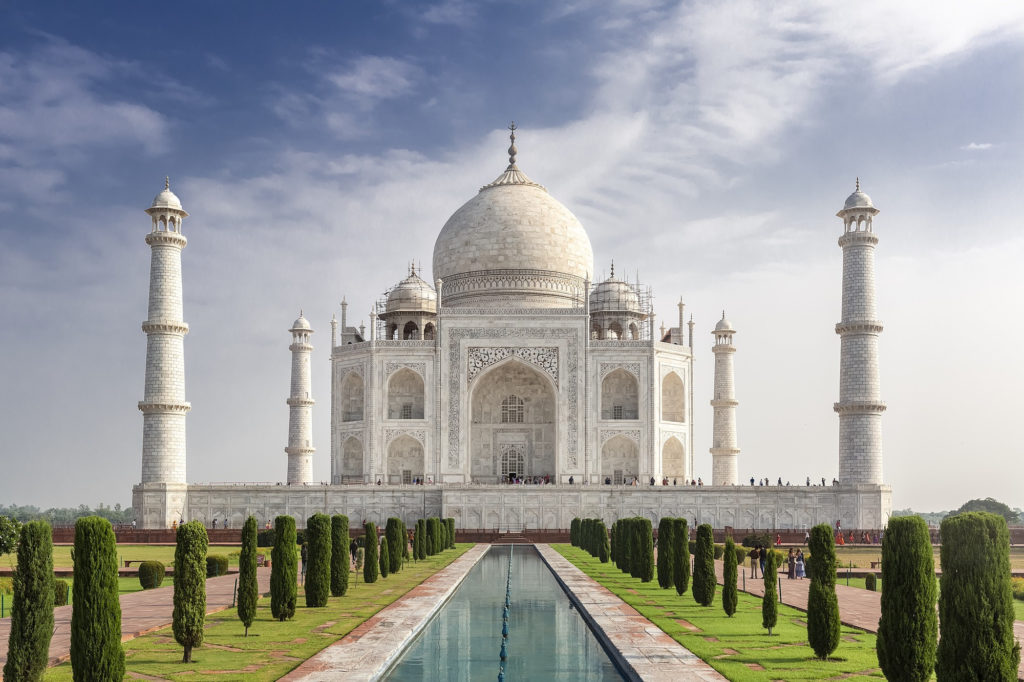MARITAL STATUS BY AGE AND SEX
| Total | Separated | Divorced | |||||||
| Gender | Persons | Males | Females | Persons | Males | Females | Persons | Males | Females |
| All ages | 1210854977 | 623270258 | 587584719 | 3535202 | 1162448 | 2372754 | 1362316 | 452743 | 909573 |
| 0-9 | 239734904 | 124932540 | 114802364 | 0 | 0 | 0 | 0 | 0 | 0 |
| 10-14 | 132709212 | 69418835 | 63290377 | 63478 | 31232 | 32246 | 12105 | 5609 | 6496 |
| 15-19 | 120526449 | 63982396 | 56544053 | 101818 | 37223 | 64595 | 31500 | 8317 | 23183 |
| 20-24 | 111424222 | 57584693 | 53839529 | 276865 | 81864 | 195001 | 117140 | 30415 | 86725 |
| 25-29 | 101413965 | 51344208 | 50069757 | 422608 | 128577 | 294031 | 187664 | 58636 | 129028 |
| 30-34 | 88594951 | 44660674 | 43934277 | 476673 | 148419 | 328254 | 211566 | 72622 | 138944 |
| 35-39 | 85140684 | 42919381 | 42221303 | 517039 | 163218 | 353821 | 214104 | 75603 | 138501 |
| 40-44 | 72438112 | 37545386 | 34892726 | 461425 | 147730 | 313695 | 178917 | 62370 | 116547 |
| 45-49 | 62318327 | 32138114 | 30180213 | 369587 | 117276 | 252311 | 132871 | 45521 | 87350 |
| 50-54 | 49069254 | 25843266 | 23225988 | 270358 | 88259 | 182099 | 94080 | 31719 | 62361 |
| 55-59 | 39146055 | 19456012 | 19690043 | 177465 | 59575 | 117890 | 58654 | 19811 | 38843 |
| 60-64 | 37663707 | 18701749 | 18961958 | 163086 | 56848 | 106238 | 49221 | 16265 | 32956 |
| 65-69 | 26454983 | 12944326 | 13510657 | 99556 | 38480 | 61076 | 29262 | 9807 | 19455 |
| 70-74 | 19208842 | 9651499 | 9557343 | 64384 | 28880 | 35504 | 19792 | 7005 | 12787 |
| 75-79 | 9232503 | 4490603 | 4741900 | 28308 | 14073 | 14235 | 8737 | 3073 | 5664 |
| 80+ | 11289005 | 5283695 | 6005310 | 31682 | 16269 | 15413 | 11717 | 3983 | 7734 |
| Age not stated | 4489802 | 2372881 | 2116921 | 10870 | 4525 | 6345 | 4986 | 1987 | 2999 |
| Less than 18 | 444153330 | 232468505 | 211684825 | 109693 | 50723 | 58970 | 23849 | 9580 | 14269 |
| Less than 21 | 521853300 | 273225936 | 248627364 | 221182 | 84319 | 136863 | 65751 | 18864 | 46887 |
Unraveling the Complexities of Divorce Rates in India: A Statistical Overview
Divorce, once considered a taboo topic in Indian society, has seen a perceptible shift over the years. With societal norms evolving, economic independence rising, and legal reforms taking shape, the divorce rate in India has been gradually on the rise. This article delves into the intricacies of the divorce rate in India, utilizing available statistics to shed light on the factors contributing to this trend.
Trends in Divorce Rates
According to the National Family Health Survey (NFHS-4) conducted in 2015-16, the divorce rate in India was reported to be around 1%. While this figure might appear low compared to some Western countries, it still reflects a significant increase from previous decades. Data from the NFHS-3 in 2005-06 indicated a divorce rate of approximately 0.6%.
Regional Variations
India’s vast cultural and social diversity is reflected in the regional variations in divorce rates. Southern states, such as Kerala and Tamil Nadu, have relatively higher divorce rates compared to states in the north. Factors like education, urbanization, and economic development tend to influence divorce rates in these regions.
Urbanization and Economic Independence
The urban landscape has witnessed a surge in divorce rates due to changing lifestyles, increased opportunities for women, and a shift in family dynamics. As urban areas become more educated and financially empowered, individuals are more likely to prioritize personal happiness and well-being over traditional societal expectations.
Education’s Role
Education plays a pivotal role in the changing dynamics of Indian marriages. As women become more educated and financially independent, they are less likely to remain in unhappy or abusive marriages. According to NFHS-4, the divorce rate among educated women is higher compared to their less-educated counterparts. This highlights the correlation between education and the willingness to break free from incompatible unions.
Legal Reforms
The introduction of more progressive divorce laws, such as the Hindu Marriage Act of 1955, has also contributed to the increase in divorce rates. These legal reforms have made it easier for couples to seek divorce on grounds of cruelty, desertion, or irreconcilable differences. The judicial system’s acknowledgment of the importance of personal happiness has encouraged individuals to pursue legal separation when necessary.
Challenges and Stigma
Despite the evolving attitudes towards divorce, challenges remain. Social stigma and family pressure continue to discourage many couples from seeking divorce, leading to instances of underreporting. Additionally, the emotional and financial toll of divorce can deter some individuals from pursuing legal separation, particularly in cases where they lack sufficient support systems.
Conclusion
The divorce rate in India, while still relatively lower than in many Western countries, is on a gradual upward trajectory. This shift reflects a broader transformation in societal norms, economic dynamics, and legal reforms. Education, urbanization, economic independence, and changing perceptions of personal happiness are among the key factors influencing this trend. As India continues to navigate its path toward modernity, it is essential to recognize the complexities surrounding divorce and offer support to those facing such decisions.




